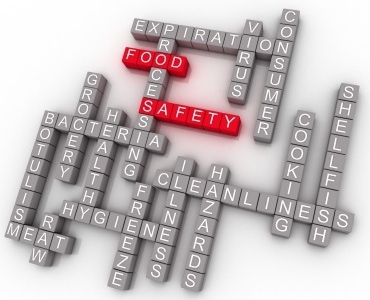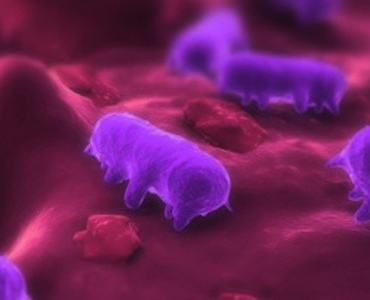
Food safety innovations are in demand: study
Food in Canada
Food Safety Bake & Snack Food Beverages Confectionery Dairy Fruit & Vegetables Meat &Poultry Pet Food Seafood Specialty Foods food safety foodborne illnesses listeria salmonellaA study from Frost & Sullivan finds that all throughout the supply chain companies are looking to adopt new food safety technologies; publicized cases of foodborne illnesses are creating more awareness among consumers

Mountain View, Calif. — A new study has found that innovations in food safety that can help prevent foodborne illnesses and contamination are in high demand.
The study comes from Frost & Sullivan, a research, consulting and training organization, and is called Breakthrough Technologies Enabling Food Safety.
 The authors say that recent food product recalls due to potential health hazards have created the need for detailed monitoring of food safety at every step along the supply chain.
The authors say that recent food product recalls due to potential health hazards have created the need for detailed monitoring of food safety at every step along the supply chain.
As a result, the market is seeing the introduction of new pathogen testing technologies, novel packaging, intervention technologies, and advances in electronic tracking systems, says Frost & Sullivan.
The study looked at technologies for pathogen detection in food at various levels of processing, intervention technologies for microbial reduction, packaging technologies, robotics and automation, technologies with electronic traceability, and sensor technologies.
Key findings
The study found that there’s an established market for food-safety enabling technologies. However, it will likely never attain saturation.
This is because of the changing nature of pathogens due to mutation and risk of unknown contamination from indefinite sources.
The authors say the food safety technologies market is driven by food safety problems and rising consumer awareness on health and safety, followed by governments’ initiatives in intensifying food safety by tightening food safety policies.
There are challenges that need to be addressed as well if the industry is to grow and introduce new technologies. The challenges include the increased need for rapid pathogen detection, low-cost technology and a harmonized set of global food safety standards.
Another key finding is that effective food safety message communication involves the entire value chain, yet many challenges are constraining the adoption of a good solution.
There is also a strong need in the market for advanced detection technologies for some deadly microorganisms such as Salmonella and Listeria. The food safety testing market, says the study, is diversified and competitive, with a large number of participants introducing products for fast, easy and quantitative detection of those harmful pathogens.
Opportunities
The study also says opportunities for technologies enabling food safety are expected to emerge in the next five to six years in smartphone mobile applications, rapid pathogen detector sensors, hands-free wearable devices and nanocomposite packaging.
Print this page